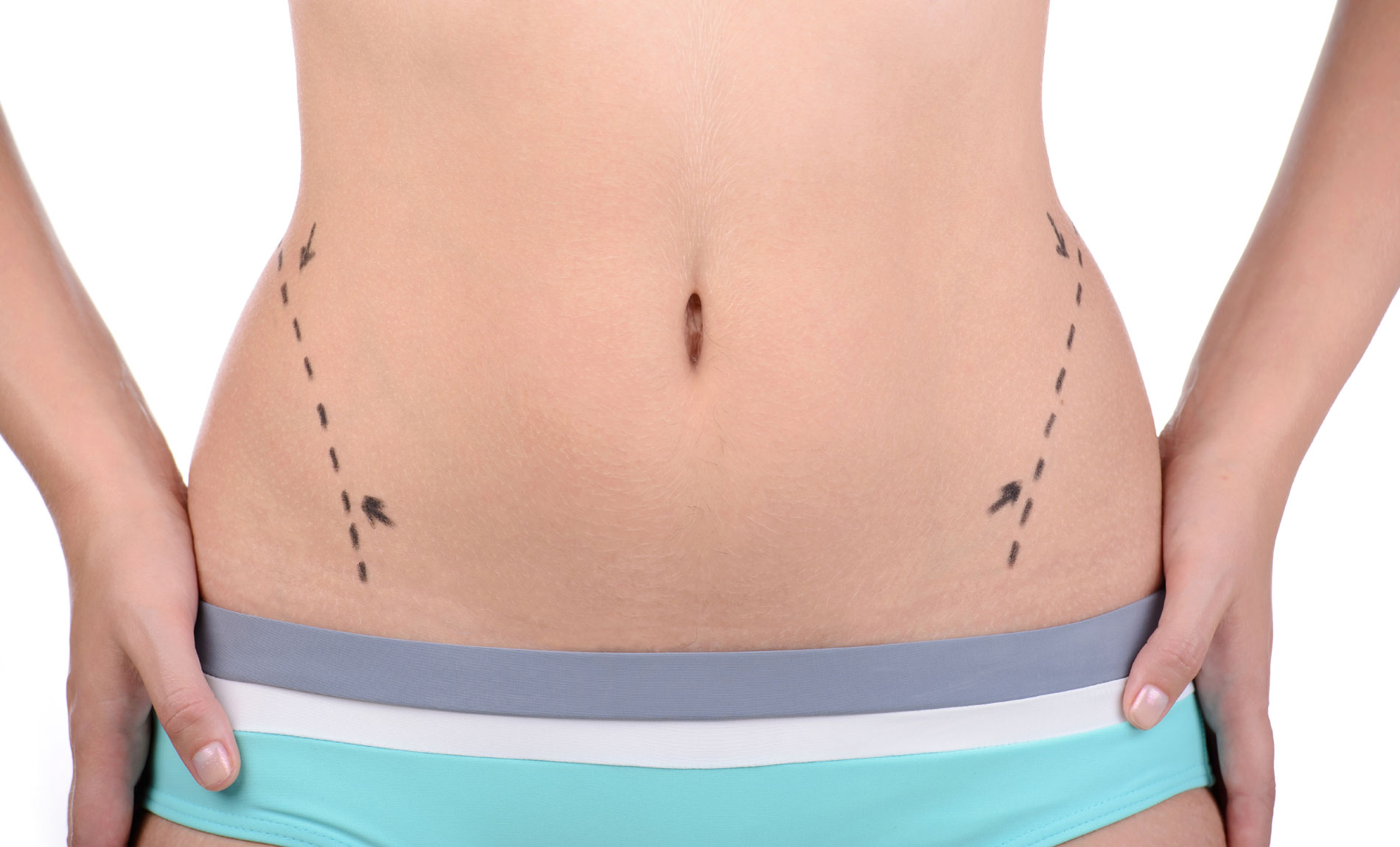What is liposuction surgery
When diet and exercise have not left you feeling satisfied with the contours of your body, liposuction (medically known as a lipectomy and commonly referred to as ‘lipo’) is an option that may assist in redefining your shape further.
Liposuction is a procedure that removes pockets of fat from your body and is mostly performed on ones abdomen, hips, thighs, buttocks, back of arms as well as the face and neck.
Liposuction – the ideal candidate
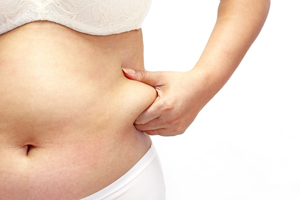 Before liposuction can be scheduled, the patient must be identified as a potential candidate.
Before liposuction can be scheduled, the patient must be identified as a potential candidate.
If you are genetically predisposed to having deposits of fat in certain parts of your body and those parts just do not respond to diet and exercise, then liposuction may be a good option for handling those trouble areas.
Liposuction best suits candidates who are generally healthy and are within 20%-30% of their ideal body weight. Candidates should be non-smoking, have elasticity in their skin and be mentally sound. It is most important that liposuction is not used as a means of correcting mental body image imbalances and that the patient has healthy goals and a healthy outlook on body contouring and life in general.
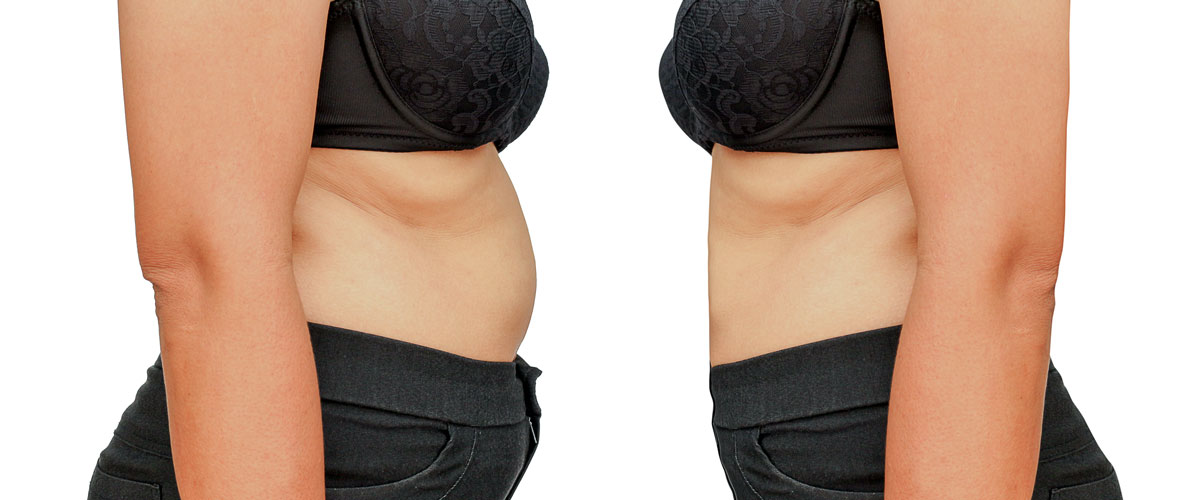
If you or a potential liposuction candidate are approaching liposuction as a means of curing mental illness please consult your doctor and let them know of this intention. It may be that liposuction is not the best option for you if that’s the case.
Age is generally not a factor in deciding on liposuction, but if the age of the patient means that their skin has lost its elasticity then this may oust them from the category of eligible candidates for the procedure.
Liposuction for Men
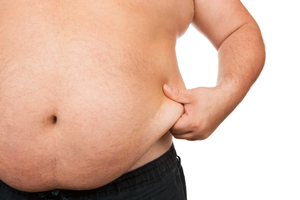 The idea that liposuction is a procedure for women only is far from the truth. Men are taking advantage of youth inducing procedures more and more and liposuction is one of many surgeries that men opt for in order to increase youthfulness in their appearance and show off the contours of their muscles. The areas men choose to have liposculpted more commonly include the abdomen, the back (including the loin or love handle area), the waist and neck.
The idea that liposuction is a procedure for women only is far from the truth. Men are taking advantage of youth inducing procedures more and more and liposuction is one of many surgeries that men opt for in order to increase youthfulness in their appearance and show off the contours of their muscles. The areas men choose to have liposculpted more commonly include the abdomen, the back (including the loin or love handle area), the waist and neck.
Liposuction Recovery
 Recovery is largely dependent on the size of the area within which the liposuction is performed. The larger the area, the longer the healing time could potentially be.
Recovery is largely dependent on the size of the area within which the liposuction is performed. The larger the area, the longer the healing time could potentially be.
Initially after surgery, patients should expect to have visible bruising and swelling in the area where the surgery was conducted. The patient will also feel sore and tender. Once the anesthesia wears off, the pain will be noticeable, and your doctor will prescribe painkillers that you can take to combat the post op pain.
For the most part, liposuction is an outpatient procedure and recovery is relatively speedy. Most patients can return to work within a week and can resume life and exercise as normal after approximately two to four weeks have passed from the date of the surgery.
 In certain cases where the procedure is applied to a large area of the body, patients may have to stay in the hospital overnight for monitoring before being discharged the day after the surgery. Be sure to ask your doctor what your approximate recovery time will be.
In certain cases where the procedure is applied to a large area of the body, patients may have to stay in the hospital overnight for monitoring before being discharged the day after the surgery. Be sure to ask your doctor what your approximate recovery time will be.
In both cases where the patient stays overnight or is treated as an outpatient they will need to have someone on hand to drive them home.
Liposuction – Minimizing Swelling
Swelling after surgery can be frustrating because it can mask the effects of the procedure until it has subsided. Keep in mind that it is normal to not see the full results of your liposuction for up to six months after the surgery has taken place, due to swelling.

Be sure to check with your doctor if there are things you can do to keep post op swelling at bay as much as possible. In this regard, some doctors recommend a low sodium diet and lots of water consumption. Others will encourage gently massaging the area that has undergone liposuction a few days after the procedure has taken place.
Liposuction – Post surgery instructions
 Patients will be instructed to wear special compression garments to ensure contouring goes as planned after the liposuction has taken place. These must be worn for approximately two to six weeks depending on the area and the amount of fat affected. Your doctor will tell you what type of garments you will need and where you can purchase them, so that you will have them promptly after surgery is complete.
Patients will be instructed to wear special compression garments to ensure contouring goes as planned after the liposuction has taken place. These must be worn for approximately two to six weeks depending on the area and the amount of fat affected. Your doctor will tell you what type of garments you will need and where you can purchase them, so that you will have them promptly after surgery is complete.
As mentioned above, your doctor will prescribe medicine for you to take in the aftermath of having the procedure. These will include painkillers as well as antibiotics. It is most important that you follow your doctors instructions in relation to taking medication.
Liposuction Scarring
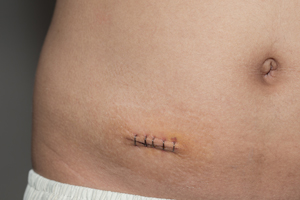 Liposuction involves small incisions in your skin where the doctor cuts it to insert the cannula that sucks out the fat from under your skin. As such, there will be small scars left from where those cuts were made. Please consult your doctor to do everything possible on your end to ensure the scarring is as minimal as possible.
Liposuction involves small incisions in your skin where the doctor cuts it to insert the cannula that sucks out the fat from under your skin. As such, there will be small scars left from where those cuts were made. Please consult your doctor to do everything possible on your end to ensure the scarring is as minimal as possible.
Liposuction Procedure
On the day of your procedure you will most probably be given an anti-biotic to assist in preventing infection from entering your system. Your doctor will then most likely mark the areas that will be undergoing lipo on your body. This is also a good time to take a before photo. Some doctors may do this if asked.
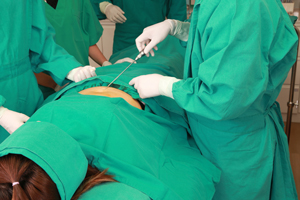 Once the areas on your body are marked, the anesthetic is applied. A topical anesthetic is usually applied as well as a local anesthetic via injection. If the doctor feels it necessary, the patient can also take an oral sedative to calm their nerves. Please check with you doctor if they don’t mention it to you as an option.
Once the areas on your body are marked, the anesthetic is applied. A topical anesthetic is usually applied as well as a local anesthetic via injection. If the doctor feels it necessary, the patient can also take an oral sedative to calm their nerves. Please check with you doctor if they don’t mention it to you as an option.
After all the anesthetic’s have been applied, the doctor will make incisions at the marked places on the body to insert the cannula that will suction out the fat from under the skin. Before inserting the cannula, the doctor will most probably inject a wetting solution that constricts the blood vessels and reduces post op pain and bruising.
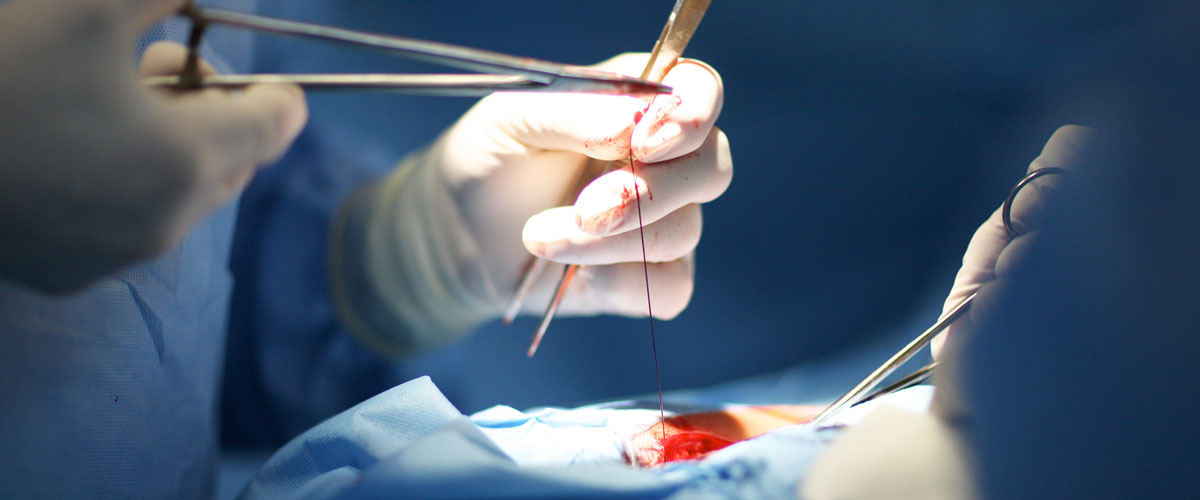
The next step is to remove the fat with the cannula. Along with the fat, the patient will be losing blood and fluids. As such, their vitals will be under constant surveillance and they will most probably be hooked up to an iv drip to maintain a balance of fluids in the body.
After the fat has been removed, stitches will be applied where incisions were made and the doctor will apply compression bandages to the area.
Liposuction alternative
If the idea of liposuction seems like it’s just too much of an investment physically, there are some alternatives that patients can consider.
Non-Invasive Body Contouring Devices
There are means of applying heat, cold and ultrasonic waves from the outside of your skin that can shrink fat cells and assist in body contouring. These procedures are best when there is little contouring to be done, because they are not able to move a large amount of fat. You may have heard of some of these techniques; like Thermage, Cool Sculpting and Liposonix.
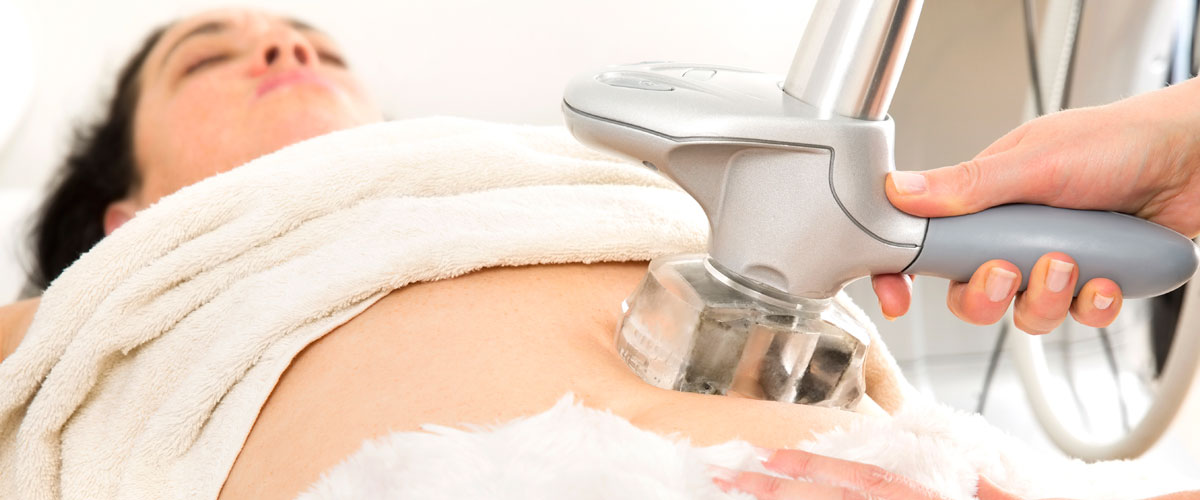
Liposonix for example, is a procedure that is completely non-invasive. It applies high intensity ultra sound energy to the outside of your skin and those ultra sound waves destroy fat cells beneath the surface of the skin. The fat cells are then naturally discarded via your bodies elimination system. The procedure takes approximately one hour and can decrease up to one full inch off of certain targeted parts of your body.
Patients will still experience bruising, swelling and pain post treatment, but compared to the bruising experienced after liposuction, it is considered minimal. Full results will be made apparent between eight to twelve weeks. The amount of time it takes for your body to eliminate the dead fat cells from your system.
Liposuction vs tummy tuck
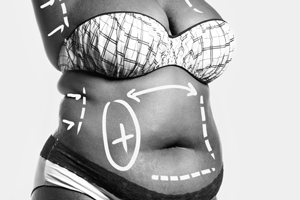 If you’re wondering whether you need liposuction or a tummy tuck it’s important to understand the difference between the two procedures. A tummy tuck is a surgery that removes not only fat, but excess skin and in some cases restores weakened muscles of the abdomen. It is far more invasive than liposuction and involves a horizontal incision across the front of the body underneath the belly button and above the bikini line.
If you’re wondering whether you need liposuction or a tummy tuck it’s important to understand the difference between the two procedures. A tummy tuck is a surgery that removes not only fat, but excess skin and in some cases restores weakened muscles of the abdomen. It is far more invasive than liposuction and involves a horizontal incision across the front of the body underneath the belly button and above the bikini line.
Excess fat is removed and abdominal skin is pulled down to determine how much of the skin can be removed permanently. The skin is moved so much that a new incision must be created for the positioning of the belly button.
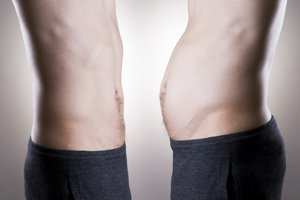 Work can normally be resumed after two weeks and life will be as normal after approximately six weeks from the date of surgery.
Work can normally be resumed after two weeks and life will be as normal after approximately six weeks from the date of surgery.
A lot of doctors will encourage patients to conduct the least invasive surgery first. So for most candidates, liposuction will be encouraged. If the results are not enough, then a tummy tuck may be deemed necessary.
Liposuction risks
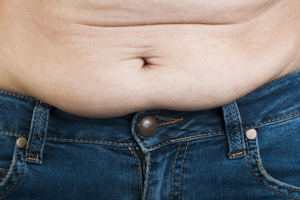 Risks in any procedure are very much due to personal circumstance. Liposuction is no different. However there are some common risks that you should definitely bring up with your doctor. Your doctor may be able to predict which risks you will be predisposed too, considering your medical history.
Risks in any procedure are very much due to personal circumstance. Liposuction is no different. However there are some common risks that you should definitely bring up with your doctor. Your doctor may be able to predict which risks you will be predisposed too, considering your medical history.
The most common risks associated with liposuction include:
- excessive swelling or bruising
- infection
- changes to the sensitivity level of your skin due to nerve damage
- damage to muscles, blood vessels and internal organs
- excess fluid
- strange contouring from cells healing in bad positions
- loose skin
- risks with anesthesia (these are common for all procedures involving any type of anesthesia)

